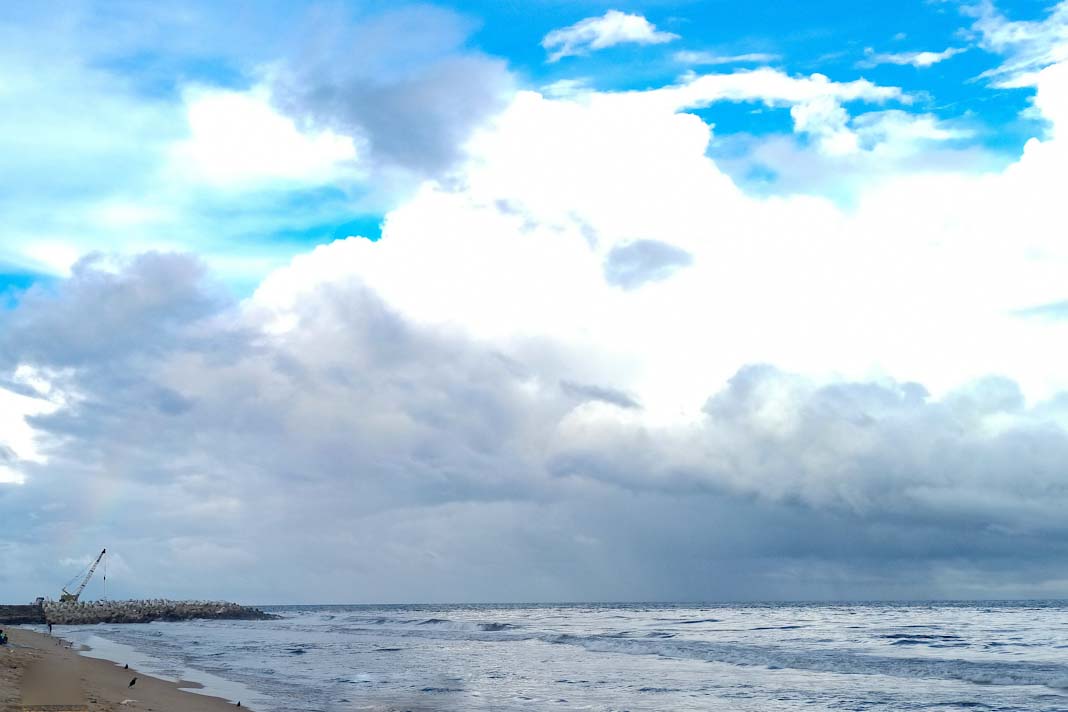- India Ship Registry has issued a new Merchant Shipping Notice.
- It includes clarifications on the interpretation of MARPOL Annex IV.
- Among others, it explains when exceptional storage of treated wastewater, or Grey Water in ballast water tanks is permitted.
Grey water is defined as drainage from dishwater, galley sink, shower, laundry, bath and wash basin drains. Grey water is not considered sewage unless it is mixed with drainage from toilets, urinals, hospitals, and animal spaces, as defined in Regulation 1.3 of MARPOL Annex IV.
Temporary Storage
The Indian Directorate may permit the use of ballast tanks as temporary storage of “treated wastewater’ (TWW) or Grey Water subject to the following conditions:
- the ballast tank is temporarily isolated from the ballast system, so that no accidental discharge via the ballast system can take place within restricted waters ;
- for TWW and/or Grey Water, the ballast tank, pipes and pumps are adequately flushed prior to being returned to use for ballast;
- The tank is verified gas free if it is to be entered after having carried TWW and in particular, the atmosphere should be tested for the presence of Hydrogen Sulphide (H2S) gas.
- The temporary treated sewage/grey water holding tank shall not be located in hazardous areas of the ship.
- Entries are to be made in the log book regarding the transfer and discharge of such treated sewage and grey water to the ballast tank.
- Port authorities to be informed of the temporary arrangement prior to arrival at the port.
- Treated sewage and the grey water being stored in such a tank is to be discharged in accordance with the port/coastal state rules and requirements or is to be discharged beyond port limits, while the ship is en route and beyond 12 NM from the nearest land.
Compliance Measures
However, the grey water and treated sewage can be stored in case the following is complied with:
- The tank(s) shall be connected to only one system at any time;
- The system is to be arranged such that grey water or treated sewage cannot contaminate the ballast water treatment system;
- The tank(s) shall be empty before change of use;
- The tank(s) shall be adequately flushed after containing grey water or treated sewage, prior to being returned to use for ballast.
Did you subscribe to our daily newsletter?
It’s Free! Click here to Subscribe
Source: Safety4sea

























Wow, incredible blog layout! How long have you been blogging for?
you make blogging look easy. The full look of your site
is great, let alone the content material! You can see similar here
sklep internetowy